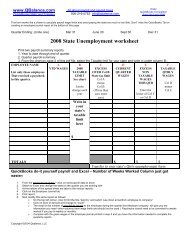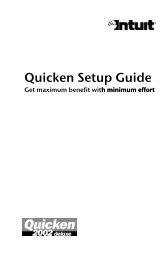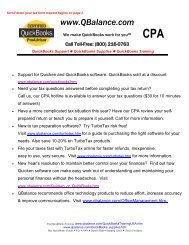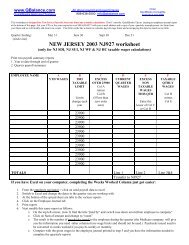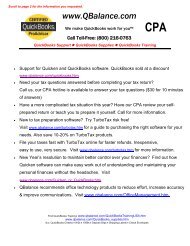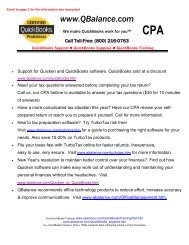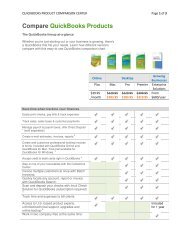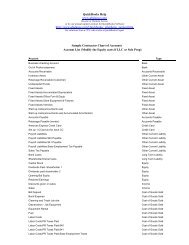Construction Industry - Audit Technique Guide - Uncle Fed's Tax ...
Construction Industry - Audit Technique Guide - Uncle Fed's Tax ...
Construction Industry - Audit Technique Guide - Uncle Fed's Tax ...
Create successful ePaper yourself
Turn your PDF publications into a flip-book with our unique Google optimized e-Paper software.
etterments that increase the property’s value. Treas. Reg. § 1.263(a)-2 sets forthexamples of capital expenditures, including the cost of acquisition, construction, orerection of buildings. Consequently, the taxpayer-contractor must capitalize expensesin connection with real property construction on its own land, including construction ofproperty that it intends to sell.The purpose of Revenue Procedures 2001-10 and 2002-28 is to provide qualifyingsmall taxpayers an exception to the required accrual method (under IRC § 446) whenthe taxpayer is required to account for inventories per IRC § 471. However, a taxpayercontractorbuilding on its own land for the purpose of selling the property constructed isproducing or constructing a real property asset that it cannot inventory. See W.C. &A.N. Miller Development Company v. Commissioner 81 T.C. 619 (1983); Pierce v.Commissioner, T.C. Memo.1997-411 (1997); Rev. Rul. 86-149, 1986-2 C.B. 67.Revenue Procedure 2002-28, section 4.02, and Revenue Procedure 2001-10, section 4,provide inventory options that do not apply to expenses related to construction oftaxpayer-owned real property. If the taxpayer has expenses related to inventoriableitems that are not required to be capitalized (and are not related to construction oftaxpayer-owned real property), it can choose from the applicable revenue procedure’sinventory options. The taxpayer can still use the overall cash method so long as it meetsthe definitions of a qualifying small taxpayer. Under the cash method, the taxpayer candeduct business expenses that are not required to be capitalized, the later of when itpays them, sells the expense items, or uses the items for the customer, rather thanwhen accrued. Similarly, the taxpayer would recognize income upon receipt (subject toapplicable special rules, such as IRC § 1001), rather than when accrued.Example 17 of Revenue Procedure 2002-28 illustrates that a taxpayer-contractor mustcapitalize building costs that occur on its own land and are attributable to property that itholds for sale, rather than deduct or inventory them.Rev. Proc. 2002-28 Section 6 Example 17--Timing of Deduction forNon-Inventoriable Items--Speculative Home Sales. <strong>Tax</strong>payer is eligibleto use the cash method as described in this revenue procedure. <strong>Tax</strong>payeris a speculative builder of houses that are built on land it owns. In 2001,<strong>Tax</strong>payer builds a house using various items such as lumber, piping, andmetal fixtures that it had paid for in 2000. In 2002, <strong>Tax</strong>payer sells thehouse to a buyer. Because the house is real property held for sale by<strong>Tax</strong>payer, the house and the material used to build the house are notinventoriable items under this revenue procedure. Thus, <strong>Tax</strong>payer may notaccount for the items used to build the house as non-incidental materialsand supplies under § 1.162-3. Rather, <strong>Tax</strong>payer must capitalize the costsof the lumber, piping, metal fixtures and other goods used by <strong>Tax</strong>payer tobuild the house under § 263. Upon the sale of the house in 2002, the costscapitalized by <strong>Tax</strong>payer will be offset against the house sales price todetermine <strong>Tax</strong>payer’s gain or loss from the sale.3-11



